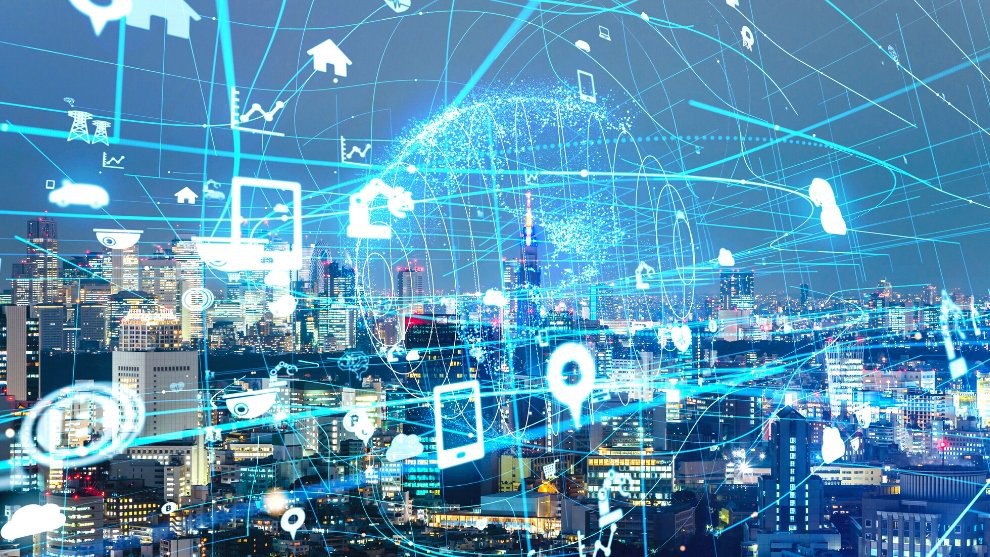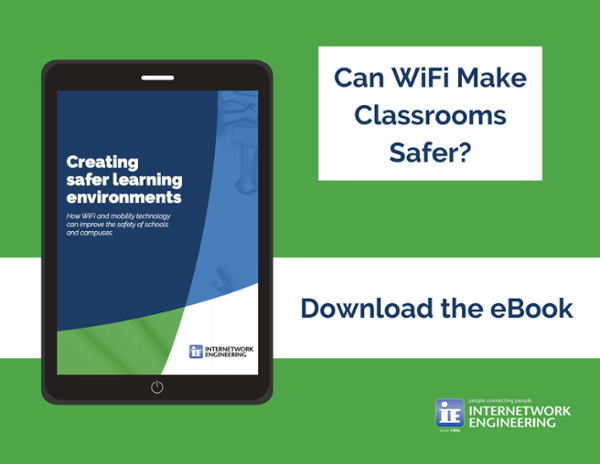How You Can Best Use IoT for Smart Cities
Data Center | Data Protection | Networking | Mobility & WiFi
Smart Cities have revolutionized communities and with their inception comes the demand for seamless Internet of Things (IoT) integrations. You need to choose IoT solutions that address commonly faced issues within your community.
The question to ask yourself when determining what IoT integrations your smart city needs is “What problems do I need to solve for my community.” If the integration does not directly address a common problem, then it is likely not worth the headache or exploration. Start by determining the needs of your particular smart city.
Common Pain Points to Consider in IoT for Smart Cities
Before you dive in, make sure you connect with the city politicians, planning committee, and leadership teams (or anyone charged with the general architecture and smart city planning) to address their common pain points. Once you understand not only the issues they’d like to avoid, but also what they prioritize as a city, you can begin crafting your IoT integration plan.
A few common pain points that your IoT implementations should address include,
- Inefficient Public Safety and Emergency Response Communication
- Traffic Congestion and ‘Cookie Cutter’ City Infrastructure Approaches
- Unregulated Air Pollution
- Inefficient Waste Management
Below, we’ve listed some common implementations of IoT for smart cities that address these pain points. The future of technology is now and the sooner we embrace how to effectively incorporate new systems into our daily lives, the better.
Public Safety
.jpg?width=600&name=IoT%20For%20Smart%20Cities%20Blog%20(1).jpg)
Interoperable Monitoring Systems for Crime Detection
Arguably the most important factor to consider when engineering any city, smart or otherwise, is implementing effective public safety protocol. When building a smart city, look into IoT integrations that allow you interoperable monitoring systems to scout out civil unrest, crime, terrorism, and emergencies. This will allow you to take fast action to neutralize and control the situation and, in many cases, save the lives of your citizens.
Real-Time Data Feeds Speed Up Emergency Response Time
Your emergency teams should have access to real-time data. This will help them to detect and manage incidents such as civil unrest, terrorism, and crime quickly, hopefully nullifying the situation before it gets out of hand. Integrations that include video surveillance, location finding, sensor utilization, motion sensors, and automated street lamps are a few incorporations that can assist your emergency team and keep crime and incident rates low. See Cisco’s Solution here.
Cybersecurity and Leveraging Wi-Fi As a Service (WiFiaaS)
Another important facet to consider under the broad scope of public safety, is cybersecurity. Make sure you are fortifying your city against cyber attacks. Consider leveraging extra help with Wi-Fi as a service (WiFiaaS) from an IT Solutions provider like Internetwork Engineering (IE). It’s worth considering when scoping out your public safety plan as it provides a robust and secure wireless network foundation that will enable a variety of other use cases to better protect your school and improve learning opportunities.
Remember, your security needs will differ depending on the specific needs of the arena. Hospitals have patient data and HIPAA regulations to worry about, for example.
Moreover, think about the cybersecurity needs and capabilities that a school system would require. To protect and monitor the campus, high-quality video surveillance would help to easily identify suspicious activity. Additionally, the infrastructure of the school requires a secure network foundation capable of supporting and securing high-density campus environments.
Now consider how the children get to school, how would you defend them en route? Tracking solutions and ID tags would prove a useful solution for routing bus fleets and keeping tabs on their activity.
These are just a few examples, but utilizing WiFiaaS would help you install, update, maintain, monitor, and manage these undertakings. Another notable benefit to leveraging IE’s WiFiaaS is that you will receive a system that is catered to your smart city specifically. That’s something to think about.
Public safety is of the utmost importance. Find out where your city needs better regulation and incorporate that into your IoT plan.
Communication Architecture and Urban Mobility
Understanding where people venture and what questions they ask regularly can help you improve the overall quality of life for your residents. A few of these IoT integration solutions include,
Communication Architecture
Mobile apps and interactive kiosks, for example, offer easy access to helpful resources for city residents and tourists alike. Depending on the features of your city and frequently asked questions, build your communication architecture with the ease of information access in mind.
Urban Mobility
BLE beacons and outdoor Wi-Fi detect all devices which will allow you to monitor the volume of people in each area of the city at any given time. This will help you develop the city’s infrastructure, ensure the traffic management system aligns with the volume to ensure efficiency, and reduce the overall frustration of your residents during rush hour.
Recreational Transport
.jpg?width=600&name=IoT%20For%20Smart%20Cities%20Blog%20(2).jpg)
Your citizens want accessible transportation to explore the city. Setting up interactive and rentable bikes, scooters, and more options for people to get from one place to the next with ease is a strategy that will enhance your city’s presence and provide wonderful opportunities for tourism.
Waste Management
.jpg?width=600&name=IoT%20For%20Smart%20Cities%20Blog%20(4).jpg)
When building your smart city initiative, think about energy-saving solutions. For example, connecting trash cans will allow for timely waste pickup, reducing unnecessary trips. This could ultimately reserve your resources by reducing workforce hours, fuel, and vehicle maintenance costs in the long run.
Air Pollution Control
IoT sensors can monitor pollution levels and provide real-time data at any point during the day. Understanding when and where air pollution begins taking over will allow you to better regulate harmful emissions and further develop infrastructure plans that can help eliminate them.
Public Wi-Fi
.jpg?width=600&name=IoT%20For%20Smart%20Cities%20Blog%20(3).jpg)
The world is mobile now, setting up networks is a must in today’s society, not to mention it keeps your city sensors updated and communicating. It also helps with urban mobility by detecting devices at a given time using wi-fi data, which will help with planning infrastructure. Learn more about Mobility.
Implementing IoT Systems with an IT Solutions Provider You Can Trust
You’ve got a lot on your plate as a member of your network team for your smart city, that is why working with a partner like Internetwork Engineering (IE) can help simplify the process of IoT implementation. We will work with and for you to ensure that you are integrating IoT systems that provide the most optimal benefit to your smart cities. We provide consultation services to ensure you are getting the best technology to solve your needs at the right time.






